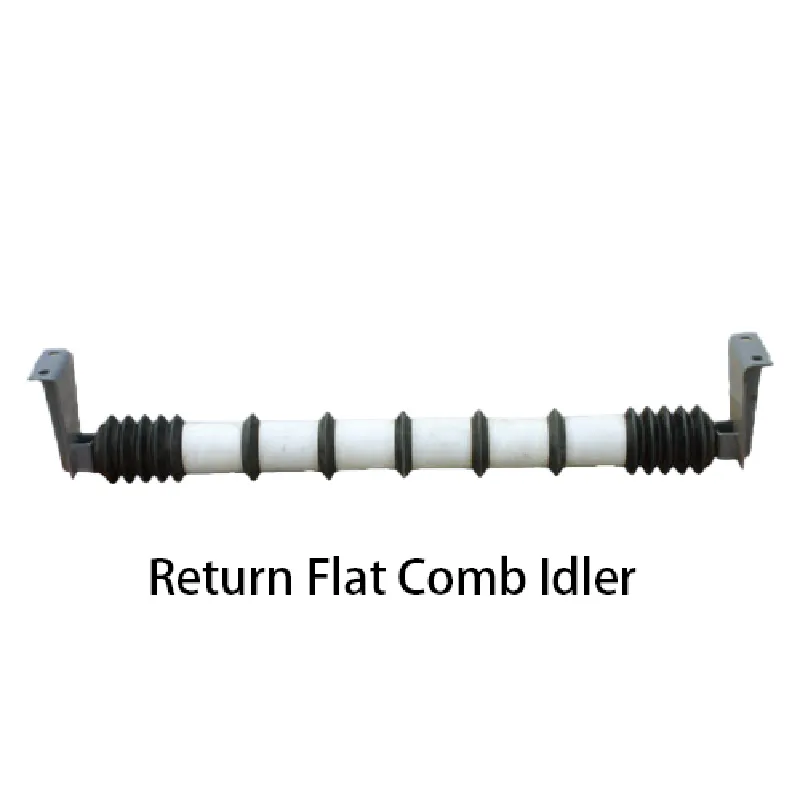 Afrikaans
Afrikaans  Albanian
Albanian  Amharic
Amharic  Arabic
Arabic  Armenian
Armenian  Azerbaijani
Azerbaijani  Basque
Basque  Belarusian
Belarusian  Bengali
Bengali  Bosnian
Bosnian  Bulgarian
Bulgarian  Catalan
Catalan  Cebuano
Cebuano  Corsican
Corsican  Croatian
Croatian  Czech
Czech  Danish
Danish  Dutch
Dutch  English
English  Esperanto
Esperanto  Estonian
Estonian  Finnish
Finnish  French
French  Frisian
Frisian  Galician
Galician  Georgian
Georgian  German
German  Greek
Greek  Gujarati
Gujarati  Haitian Creole
Haitian Creole  hausa
hausa  hawaiian
hawaiian  Hebrew
Hebrew  Hindi
Hindi  Miao
Miao  Hungarian
Hungarian  Icelandic
Icelandic  igbo
igbo  Indonesian
Indonesian  irish
irish  Italian
Italian  Japanese
Japanese  Javanese
Javanese  Kannada
Kannada  kazakh
kazakh  Khmer
Khmer  Rwandese
Rwandese  Korean
Korean  Kurdish
Kurdish  Kyrgyz
Kyrgyz  Lao
Lao  Latin
Latin  Latvian
Latvian  Lithuanian
Lithuanian  Luxembourgish
Luxembourgish  Macedonian
Macedonian  Malgashi
Malgashi  Malay
Malay  Malayalam
Malayalam  Maltese
Maltese  Maori
Maori  Marathi
Marathi  Mongolian
Mongolian  Myanmar
Myanmar  Nepali
Nepali  Norwegian
Norwegian  Norwegian
Norwegian  Occitan
Occitan  Pashto
Pashto  Persian
Persian  Polish
Polish  Portuguese
Portuguese  Punjabi
Punjabi  Romanian
Romanian  Russian
Russian  Samoan
Samoan  Scottish Gaelic
Scottish Gaelic  Serbian
Serbian  Sesotho
Sesotho  Shona
Shona  Sindhi
Sindhi  Sinhala
Sinhala  Slovak
Slovak  Slovenian
Slovenian  Somali
Somali  Spanish
Spanish  Sundanese
Sundanese  Swahili
Swahili  Swedish
Swedish  Tagalog
Tagalog  Tajik
Tajik  Tamil
Tamil  Tatar
Tatar  Telugu
Telugu  Thai
Thai  Turkish
Turkish  Turkmen
Turkmen  Ukrainian
Ukrainian  Urdu
Urdu  Uighur
Uighur  Uzbek
Uzbek  Vietnamese
Vietnamese  Welsh
Welsh  Bantu
Bantu  Yiddish
Yiddish  Yoruba
Yoruba  Zulu
Zulu conveyor idlers
The Role of Conveyor Idlers in Material Handling Systems
In the realm of material handling, conveyor systems play a pivotal role in the efficient transportation of goods and materials within various industries, including mining, manufacturing, and logistics. A critical component of these systems is the conveyor idler. Although they may seem like simple mechanical parts, conveyor idlers are essential for the smooth operation of conveyor belts, ensuring the stability, performance, and longevity of the entire system.
What are Conveyor Idlers?
Conveyor idlers are cylindrical rollers that support the weight of the conveyor belt and the materials being transported. They are strategically placed along the conveyor belt's length, providing essential support and helping to maintain the belt’s alignment. The functionality of an idler may vary based on its design and placement, such as carrying idlers, return idlers, and impact idlers, each serving a specific purpose in the overall operation of the conveyor system.
Types of Conveyor Idlers
1. Carrying Idlers These are the most common type of idlers found on conveyor systems. They are located on the carrying side of the conveyor belt and help support the weight of the load while maintaining the belt shape. Carrying idlers typically come in various designs, including troughing idlers, flat idlers, and chevron idlers, depending on the type of material being transported.
2. Return Idlers Positioned on the underside of the conveyor, return idlers support the belt as it returns to the loading point. Their primary role is to ensure that the belt maintains its shape and does not sag, which could lead to excessive wear and damage.
3. Impact Idlers These idlers are used at loading zones where heavy materials are dropped onto the conveyor belt. They are designed to absorb the impact of heavy loads, protecting the belt and preventing damage to other idlers.
4. Training Idlers These specialized idlers help align the conveyor belt during operation, preventing slippage and misalignment, which can lead to operational inefficiencies and increased maintenance needs.
The Importance of Conveyor Idlers
conveyor idlers

The significance of conveyor idlers cannot be underestimated. They provide several benefits that contribute to the overall efficiency and cost-effectiveness of conveyor systems
- Reducing Wear and Tear By providing proper support and alignment, idlers minimize the strain on the conveyor belt and other components. This reduces wear and tear, ultimately extending the lifespan of the entire conveyor system.
- Increasing Efficiency Well-designed idlers enhance the smooth movement of the conveyor belt, reducing friction and energy consumption. This improved efficiency leads to increased throughput and lower operational costs.
- Preventing Damage Impact idlers, in particular, protect the conveyor system from damage caused by heavy loads, preventing costly repairs and downtime. Without these, the impact on the conveyor could lead to significant operational disruptions.
- Facilitating Maintenance Idlers simplify maintenance procedures by allowing easy access to various components of the conveyor system. Regular inspections and replacements of worn-out idlers can prevent unexpected breakdowns.
Selection and Maintenance of Conveyor Idlers
Choosing the right idlers for a specific application is crucial for optimizing conveyor performance. Factors such as the type of material being transported, the operating load, and the environmental conditions should all be taken into consideration. For instance, in harsh environments like mining operations, idlers must be robust and resistant to corrosion and abrasion.
Regular maintenance of conveyor idlers is also essential. This includes periodic inspections for wear and tear, ensuring proper alignment, and immediate replacement of damaged idlers. Maintenance schedules should be established to identify potential issues before they escalate into significant problems, thereby preserving the functionality and efficiency of the conveyor system.
Conclusion
In conclusion, conveyor idlers are vital components that significantly influence the performance and efficiency of conveyor systems. Understanding their types, functions, and importance is essential for anyone involved in the design, installation, and maintenance of material handling systems. For industries reliant on conveyor systems, investing in high-quality idlers and adhering to maintenance best practices can lead to improved productivity and reduced operational costs, ultimately contributing to the success of the organization.
-
Revolutionizing Conveyor Reliability with Advanced Rubber Lagging PulleysNewsJul.22,2025
-
Powering Precision and Durability with Expert Manufacturers of Conveyor ComponentsNewsJul.22,2025
-
Optimizing Conveyor Systems with Advanced Conveyor AccessoriesNewsJul.22,2025
-
Maximize Conveyor Efficiency with Quality Conveyor Idler PulleysNewsJul.22,2025
-
Future-Proof Your Conveyor System with High-Performance Polyurethane RollerNewsJul.22,2025
-
Driving Efficiency Forward with Quality Idlers and RollersNewsJul.22,2025





























